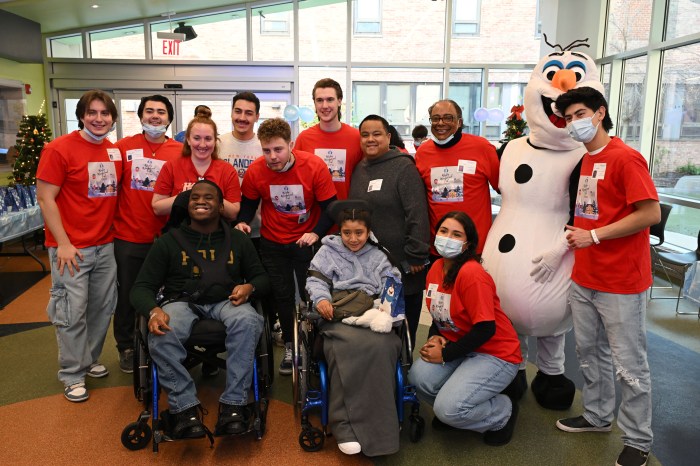Did you know that 80 percent of what we learn is acquired visually? From reading to visual mnemonics (think stop signs and multiplication tables), vision plays a critical role in your child’s academic success.
That’s why it’s important to put a visit to the eye doctor on your back-to-school to-do list.
Surprisingly, approximately 76 percent of children under the age of five have never had a comprehensive eye exam, according to a recent nationwide survey of nearly 4,000 Americans by VSP Vision Care, the largest not-for-profit vision benefits and services company in the Unites States.
Since vision problems often manifest as behavioral problems or poor academic achievement, they’re also often misdiagnosed. For example, a child who fidgets in his seat and does poor work because he can’t read the blackboard may be diagnosed with attention deficit disorder. While a good doctor would rule out vision problems before making a diagnosis, the child may not say anything because he is unaware there is a problem.
Children’s eyes also change from year to year, as they grow. Between shopping for school clothes, updating immunizations and stocking up on supplies, parents can forget the all-important annual eye exam that children need. Moreover, parents may assume that the screenings provided by pediatricians and school nurses are enough, but they’re not.
“General vision screenings are limited and overlook many potential vision problems,” said Dr. Stephanie Kirschbaum, a VSP provider. “Children need to be examined annually by an optometrist for signs of astigmatism, nearsightedness and farsightedness. Their eye doctor will also examine the structure of the eye for tell-tale signs of serious diseases affecting more American kids each year, including diabetes, hypertension and high cholesterol.”
Children should have their first eye assessment at six-months-old, a comprehensive eye exam starting at age three before entering school and then an annual exam throughout their lives.
See your eye doctor if your child:
• Loses his or her place while reading.
• Avoids close work.
• Tends to rub his or her eyes.
• Has headaches.
• Turns or tilts his or her head.
• Squints while reading or watching television.
• Has behavioral problems.
• Holds reading material closer than normal.
Regular eye care is essential to classroom success. To locate a VSP provider in your area, visit www.vsp.com.
By correcting any vision problems now, you can make the classroom a positive and productive experience for your child. – Courtesy of StatePoint Media



































